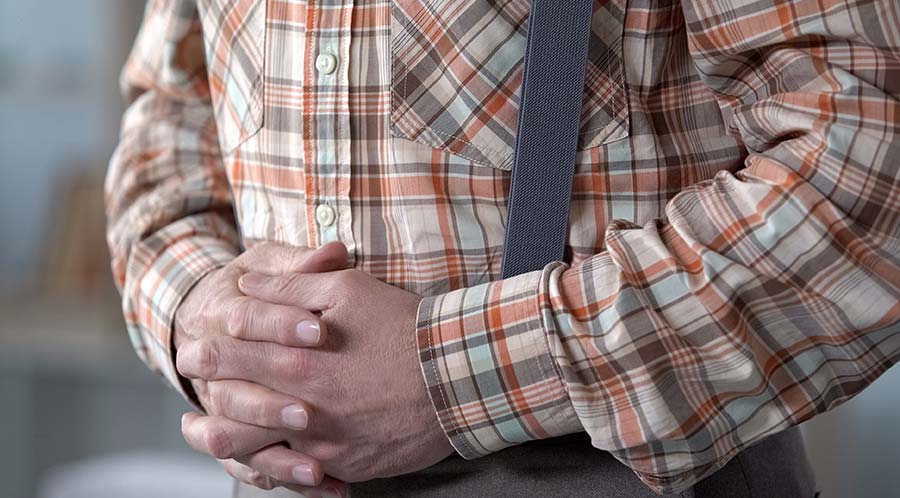
An inguinal hernia is similar to a sports hernia in that it also affects the groin area. But it also typically results in a visible bulge, which is not always evident with a sports hernia.
With an inguinal hernia, abdominal fat or part of the small intestine protrudes into a passage in the lower abdominal wall layers called the inguinal canal.
If you have this type of hernia and it’s enlarged or contributing to painful symptoms, you may benefit from laparoscopic repair of inguinal hernia in Mission Viejo. It’s a minimally invasive procedure designed to provide relief in a way that minimizes risks and scaring.
When Is Surgery Necessary?
In children, it may be possible to gently apply manual pressure to reduce the lower abdominal bulge characteristic of an inguinal hernia. However, surgery is often the only viable treatment for most people with this type of hernia. If left untreated, a large or painful inguinal hernia could become an incarcerated hernia that gets trapped in a weak point in the abdominal wall, or it could become strangulated, which means blood flow to part of intestine is cut off.


What Happens Before Laparoscopic Inguinal Hernia Repair?
You’ll need to be positively diagnosed as having an inguinal hernia before laparoscopic repair of inguinal hernia in Mission Viejo is recommended. This is usually done with a physical exam. If there are any doubts about the source of your lower abdominal/groin pain, a CT scan or MRI may be ordered, although this extra step usually isn’t needed. You may also be asked about bleeding disorders and other health issues that may present surgical risks.
How Is the Procedure Performed?
A common reason to search for laparoscopic repair of inguinal hernia in Mission Viejo is because of a desire to have a procedure that’s a less invasive alternative to traditional open surgery. However, general anesthesia is still needed because of the nature of this procedure.
What makes laparoscopic hernia repair different is that several small incisions are made in the abdomen instead of a single large one. Gas is also used to inflate the affected area of the abdomen to make internal organs easier to see. A small, lighted tube with an attached lens (laparoscope) is inserted into one of the abdominal incisions. Specialized instruments are then used to allow the surgeon to repair the hernia with guidance from internal images seen on a monitor.
Synthetic mesh is used to repair the hole from the protrusion once tissues have been restored to their proper position. The small incisions that were made are then closed. There may be some slight discomfort in the affected area after the anesthesia wears off, although it’s usually mild and temporary.
Laparoscopic repair of inguinal hernia in Mission Viejo isn’t right for everyone. However, if you are otherwise healthy without any serious underlying issues that could contribute to complications, this minimally invasive approach to hernia repair may be a good option for you. Patients who respond well to laparoscopic procedures like this often benefit from a shorter recovery period, fewer surgical risks, and less post-surgery discomfort.

